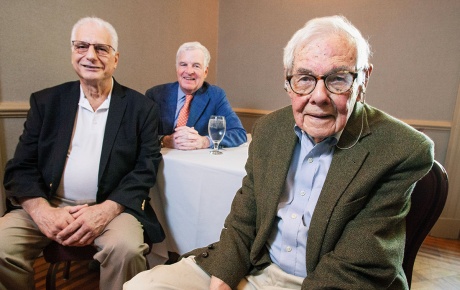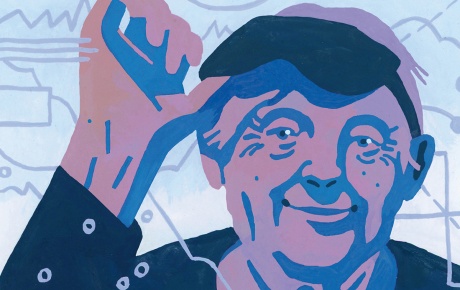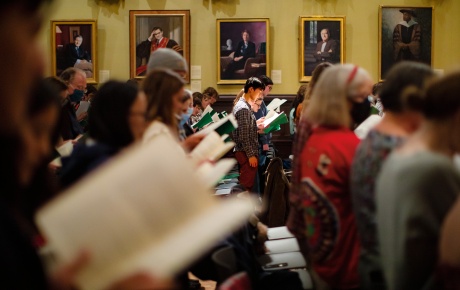The Impossible Lives of Greta Wells by Andrew Sean Greer ’92 is set in a tiny, tucked-away West Village alley in New York City: Patchin Place. “Where only a child would look,” says the narrator, the Greta of the book’s title. “As you know: That is how magic works. It takes the least likely of us, without foreshadowing, at the hour of its own choosing. It makes a thimblerig of time.”
This is indeed a magic book, in both its fantastical plot and its effect on the reader. It will make you breathless, leave you with that rare feeling that exceptional books do: you can’t wait to get to the end so you can find out what happens, yet you want it to go on forever. These conflicting hopes—slow time down, speed it up—are only fitting, given the book’s premise.

But this time Felix is alive. And this time, her lover, Nathan, with the same warm demeanor, is her husband, and he’s off to war. After her next treatment a few days later, she wakes up in 1941 (again, same characters, different circumstances). And then back in 1985. And on and on she goes, in a loop through time, cycling through lives she could have lived and through major historical events: World War I, the Armistice, the flu pandemic, World War II, the early days of AIDS.
Greer's fourth novel is told in his signature prose: lovely as poetry but never so beautiful it overshadows story and character. Greta Wells draws from the same science fiction–inspired imagination that powered Greer’s 2004 Confessions of Max Tivoli, in which baby Max emerges from the womb in 1871 as a seventy-one-year-old man and ages backwards, meeting the love of his life anew three times along the way.
At first glance, Greta Wells reads like a cautionary tale. “How I longed to live in any time but this one,” Greta laments of her 1980s life, “cursed with sorrow and death.” But after electroshock grants her wish, she discovers that even in her alternate lives, there are trade-offs, and that she and the people around her can’t always be their true selves.
For Greta, gender is what limits her. In both 1918 and 1941, she navigates a life circumscribed by societal expectations and social mores, to say nothing of legal restraints. “Why is it impossible to be a woman?” she asks after an emotionally difficult encounter with her 1918 Nathan. “Men will never understand, men who are always themselves, day after day, shouting opinions and drinking freely and flirting and whoring and weeping and being forgiven for it all. When has a woman ever been forgiven?”
Greta, by contrast, thinks of herself as “a modern woman of the eighties … who had marched for ERA. Who had gone braless in Washington Square Park.” Reading this from the vantage point of 2013 exposes the lie we tell ourselves about our own time, no matter what the era: that we are, finally, “enlightened.”
Greta’s experience demonstrates that we are always hemmed in, to a certain extent, by what the world tells us we can be. And that it is up to us to be who we are anyway.
Andrew Sean Greer talks to the BAM about his work here.




